
All categories
Featured selections
Trade Assurance
Buyer Central
Help Center
Get the app
Become a supplier

(45803 products available)
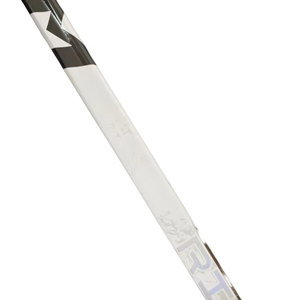




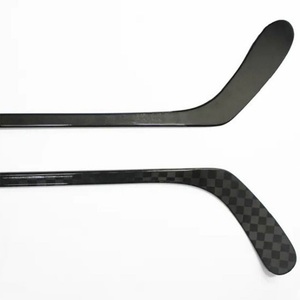


















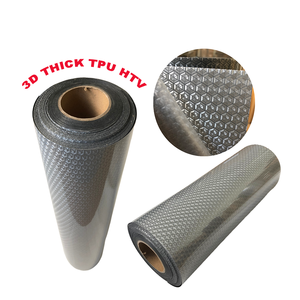
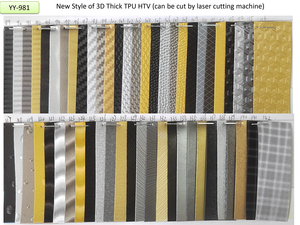


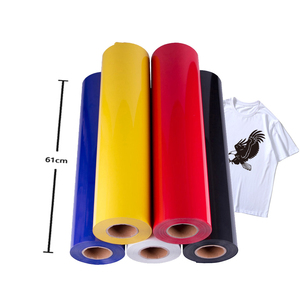
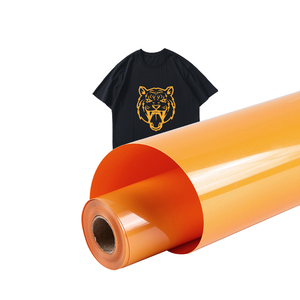
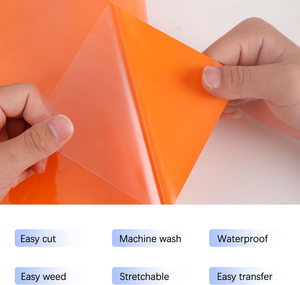

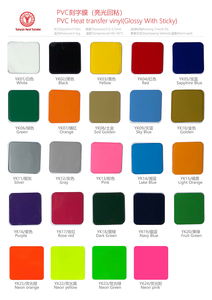












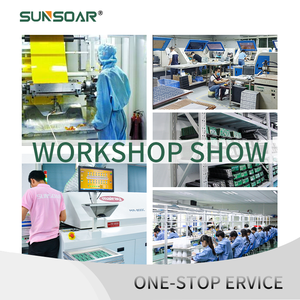






Flexible factory equipment is essential in today’s dynamic production environments, focusing heavily on adaptability and efficiency. With the quick changes in demand and the need for diversified productions, such equipment has become a crucial part of operations across many industries.
The following are the primary types of flexible equipment factories use:
Modular Workstations
Modular workstations can easily be configured to suit production needs. The design allows quick layout changes, accommodating different tasks or product lines with relative ease. This modularity improves ergonomics and productivity, considerably reducing downtime during transitions.
Reconfigurable Robots
Also referred to as RRs, reconfigurable robots possess the ability to change their configuration to perform distinct tasks. These tasks can range from assembly, welding, or even packaging. The robots possess interchangeable parts through which they can dynamically adapt to various operations or products depending on current production needs.
Flexible CNC Machines
Modern CNC Machines work well when handling multiple tasks, unlike earlier models that could only handle a single process. This flexibility in operations could mean machining, cutting, shaping, or any other processes that the equipment can handle. This ability enables users to transition easily between different machining operations and components.
Adjustable Conveyance Systems
These systems are designed to vary speed, direction, and even configuration. Hence, they are well suited for shifting various products within the manufacturing setup. Depending on the production requirements, these systems can integrate into existing lines or be adjusted to fit new pathways, greatly enhancing their flexibility.
Flexible Assembly Systems
These systems incorporate tools and equipment capable of supporting multiple product designs and configurations. Which means during assembly, systems can switch among diverse tasks with different product specifications easily. These systems can include guided workbenches, GAs, and interchangeable jigs to help with the work.
Automotive Industry
Flex factories come in handy in the automotive sector as they offer the much-needed flexibility to manufacture various vehicle models simultaneously. These systems can shift between assembling components like engines, transmissions, or even entire drivetrains for different models relying on modular assembly lines.
Electronics Manufacturing
This sector also enjoys flex factories remaining capable of changing production processes to accommodate diversified electronic devices. Since demand is ever-changing, these factories can quickly adjust to assembling different products, phones, laptops, or other gadgets. It greatly helps with lead time and helps meet the market demand well.
Pharmaceuticals
The flex factories found in the pharmaceuticals are designed to produce diverse medicines, biologics, and other medical-related products. These systems possess the capacity to switch production lines rapidly. This allows for efficient responses to changes in regulatory requirements or consumer demands while ensuring compliance and quality control.
Aerospace Flex Factories
Any aerospace manufacturing flex factory needs to produce different components for varying aircraft models. Due to their modular design, these structures can handle the intricate demands of manufacturing parts such as wings, engines, and landing gear in a flexible manner. This responsiveness can enhance efficiency and aid in innovation.
Consumer Products
Consumer goods such as packaging, appliances, or even personal care items are manufactured in flex factories. These systems are adept at accommodating evolving trends and seasonality while producing different product lines. Would that be plural flexibility? Yes, it allows companies to respond to market demands swiftly and efficiently, minimizing wastage.
Adaptive Production Processes
A flexible factory's main functionality is the ability to quickly adapt its production processes to fit distinct product lines or customer orders. To achieve this, equipment and workflows need to be reconfigured and considerably increased to improve responsiveness to market demands. This capability helps improve efficiency and minimize idle resources.
Modular Equipment
Modular equipment refers to machines that can be easily reconfigured or changed to perform various tasks within the production process. Such systems as modular workstations or reconfigurable robots can produce different products or components sequentially. It easily integrates various production elements without the need for new equipment constantly.
Just-in-Time Operations
Flex factories usually operate these types of operations by producing and sourcing products precisely when the demand arises. This is done by reducing inventory levels that might otherwise be termed waste as well as resources. Besides, lean manufacturing principles allow flex factories to operate the way they can efficiently allocate resources and quickly meet customer needs.
Highly Trained Workforce
In flexible factories, cross-training employees are done to ensure adaptability across various functions as well as roles. This workforce flexibility ensures that these workers can easily shift to other duties when there is high demand. This unavoidability helps maintain productivity in fluctuating work levels and significantly contributes to operational resilience.
Consumer Electronics
Flexible factories use flexible manufacturing to produce a wide range of consumer electronics such as smartphones and tablets. These products vary so much that the factory needs to adapt to the current demand in production services. The ability to efficiently allocate resources allows the factory to keep in step with rapidly changing market trends without having to produce excess stock daily.
Automotive Components
Various product lines, such as brakes, batteries, and even bumpers, are manufactured in flexible factories for the automotive industry. The ability to switch production easily helps the equipment managers meet the distinct demands of different car models or even large-scale recalls without the need to build a unique production line for every element.
Aerospace Parts
Flexible factories in the aerospace industry typically manufacture components that are commonly used in many types of aircraft, such as engines and gears. The modular design of the production equipment allows parts to be customized for various aircraft models swiftly and efficiently, ensuring timely deliveries while still maintaining high levels of quality.
Medical Devices
Devices such as flexible endoscopes, tracking systems, and heart scanners are produced in a flexible manufacturing setting, where demand can shift depending on healthcare trends. The ability to adapt production lines allows manufacturers to quickly introduce innovations or changes in product design that correspond to new treatment regimens or healthcare needs.
Home Appliances
Production of appliances like refrigerators, washing machines, and dishwashers is done in flexible factories, where different models and product features are in high demand simultaneously. The flexibility in manufacturing processes ensures that companies can produce diversified appliances with varying designs and capabilities without completely overhauling the production system.
Increased Agility
One key benefit of a flex factory is increased agility towards meeting the changes in demand. This flexibility means that the factory can quickly reallocate resources, adjust production lines, or even increase or decrease workforce mobilization. All this flexibility, agility, and quick response help capture market opportunities or mitigate risks to meet customer expectations with minimal delay.
Cost Efficiency
This factory is efficient due to its ability to minimize waste. By producing these goods only as needed, the flex factory does not maintain large inventories of stock. Additionally, flex factories can often utilize multi-skilled workers and versatile equipment to accommodate as many production variations as possible, which translate into lower operational costs in a highly dynamic manufacturing environment.
Enhanced Innovation
Enhanced innovation is one benefit that comes with the inherent flexibility in processes. It enables quick prototyping and the subsequent introduction of new products to the market. As teams can easily shift focus from one product development to another, innovative ideas can quickly get transformed into actual products. Therefore, this speed brings competitive advantage and enables manufacturers to respond to technological changes or consumer preferences promptly.
Improved Utilization of Resources
Flex factories ensure resource optimization by dynamically distributing tasks among equipment and personnel. Whether high production volume or low, resources are always efficiently allocated. This improved utilization translates into accomplishing more with less. This not only fosters quality but also efficiency in the production process.
Customization Capabilities
They also support the production of goods tailored to specific customer requirements. Adjusting production processes allows these factories to manufacture a diversified range of products or introduce unique features, therefore, meeting distinct consumer needs. This ability to provide customized solutions enhances customer satisfaction and allows differentiation in a competitive market to be high.
Product Requirements
Different types of flexible factory equipment are suited for different products. Understand what the business needs, then select equipment that can be flexible in handling various processes. Operating different modular workstations or reconfigurable robots can help with diverse assembly requirements. One may consider the equipment that competently supports the required product volume and variety to ensure efficiency.
Space and Layout
Understand how much space one has for flexible factory equipment. Since these pieces of equipment can often be rearranged for different processes, ensure they fit in the l space and can easily be adjusted as the needs change. For example, modular workstations can be compact or extensive, depending on the space available, and the layout can impact workflow.
Technology Compatibility
One should ensure the new flexible factory equipment integrates with current production technology. For example, flexible manufacturing systems includes software that manages inventory and scheduling. The effective integration of these components can reduce disruptions in production. This ensures the overall process is as seamless and efficient as possible.
Scalability
Select scalable flexible factory equipment to meet up with future demands and growth. This is especially so when thinking about modular systems, which may include expandable workstations and conveyors. These systems can be widened to accommodate larger production capacities while still keeping them efficient for smaller workloads. T
Cost-Benefit Analysis
Conduct a thorough cost-benefit analysis considering the costs associated with acquiring and maintaining flexible factory equipment. Though some variant first might over time prove to be more affordable, the operational costs of the equipment, such as energy consumption and potential downtime, should then be compared to the flexibility and productivity gains expected. Doing this may allow informed investment-to-risk decisions to be made, maximizing returns without compromising efficiency.
A: A flexible factory is basically designed to adapt to diverse production processes quickly. The flexibility usually comes from modular equipment, skilled labor, and changeable production layouts capable of efficiently handling varying product lines, volumes, or customer demands.
A: Key equipment in flexible factories may include flexible manufacturing systems, modular workstations, reconfigurable robots, and adjustable assembly lines. These work together to accommodate different production processes and product designs efficiently.
A: It does this by increasing agility, which means it can respond to changing demands, lower operating costs due to resource optimization, and the consequent hold of customer satisfaction through the capability to provide timely delivery of products.
A: Many do, but consumer electronics, automotive, aerospace, and even the pharmaceuticals and healthcare industry, to be specific, find flexible factories very helpful. They be accustomed to rapidly changing product demands and need the ability to adjust production processes to accommodate a wide range of products.
A: Assessing product requirements, space availability, technology compatibility, scalability, and cost-effectiveness is paramount in making decisions regarding flexible factory equipment. These factors help ensure the equipment will meet the current and future needs of production, for instance, without compromising efficiency.